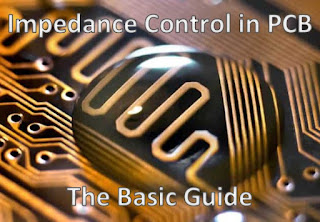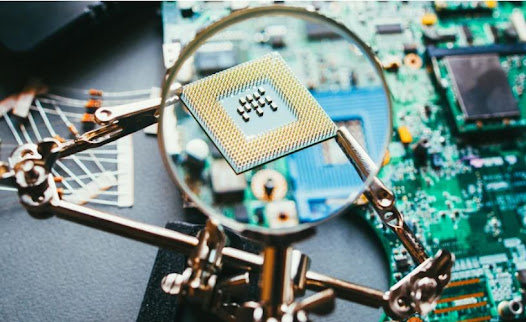Understanding Impedance in PCBs
Trace Impedance refers to the resistance of a PCB signal trace at high frequencies. It is influenced by the trace width, thickness, the dielectric material around it, and the overall layout of the traces. Proper management of trace impedance is essential for maintaining signal integrity across the PCB.
- Differential Pair Impedance involves two closely spaced traces carrying equal and opposite signals. The key to differential signaling is maintaining consistent impedance to ensure that the signals remain balanced, which is crucial for minimizing electromagnetic interference (EMI) and signal degradation.
- Single End Impedance Control deals with the impedance of a single trace measured against a reference plane. It's crucial for the design of simpler, less costly PCBs where differential pairs are not feasible.
Material Impact on Impedance Control
The choice of PCB material significantly affects the accuracy of impedance control. Materials like FR-4 are commonly used due to their well-understood characteristics and cost-effectiveness. High-speed and high-frequency applications might require advanced pcb materials such as Rogers or Teflon that provide lower dielectric constants and loss factors, facilitating better impedance control.
PCB Layout for Better Impedance Control
Effective PCB layout is vital for achieving desired impedance levels. Key strategies include:
- Trace Geometry: Adjusting the width and spacing of traces to match the target impedance.
- Via Design: Optimizing via structures to minimize impedance discontinuities.
- Routing Techniques: Using uniform trace routing to avoid impedance variations.
Optimal PCB Stackup Design
Designing an effective stackup is fundamental for multilayer PCBs, where each layer's configuration can impact overall impedance. A well-designed stackup helps in balancing the capacitive and inductive characteristics across the PCB, ensuring consistent impedance.
Impedance Control Techniques
Achieving precise impedance control involves several techniques, especially in multi-layer PCBs:
- Simulation Tools: Utilizing PCB design software for impedance modeling and simulations.
- Controlled Dielectric Materials: Selecting materials with consistent dielectric properties.
- Impedance Testing: Implementing testing protocols to ensure the impedance matches the design specifications.
Challenges in Flexible Circuit Boards
Flexible PCBs pose unique challenges for impedance control due to their varying material properties and dynamic flexing. Designers must consider the mechanical and thermal changes that can affect impedance and employ robust design practices to mitigate these issues.
Tutorial: Implementing Impedance Control
- Design Initiation: Start with clear specifications for impedance requirements.
- Material Selection: Choose materials based on desired impedance characteristics and application needs.
- PCB Layout Design: Use design tools to layout traces and vias according to impedance calculations.
- Simulation and Testing: Run simulations to check for impedance mismatches and make necessary adjustments.
Conclusion
Understanding and implementing impedance control is crucial for designing effective PCBs, especially in high-speed pcb and high-frequency pcb applications. By applying the principles and techniques discussed, designers can ensure their PCBs meet the necessary performance standards.








